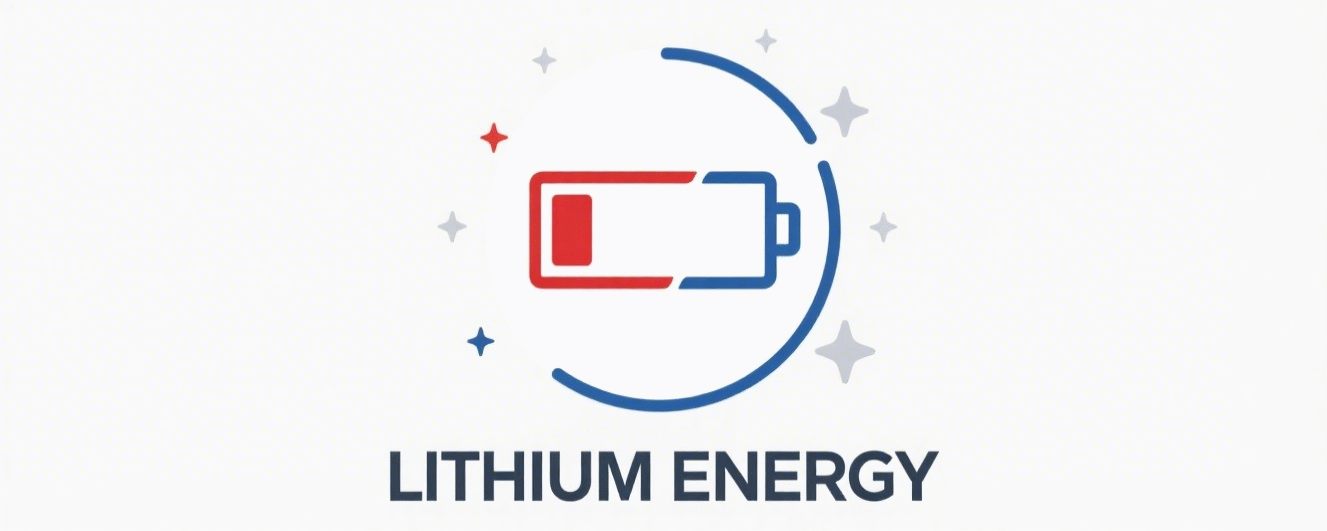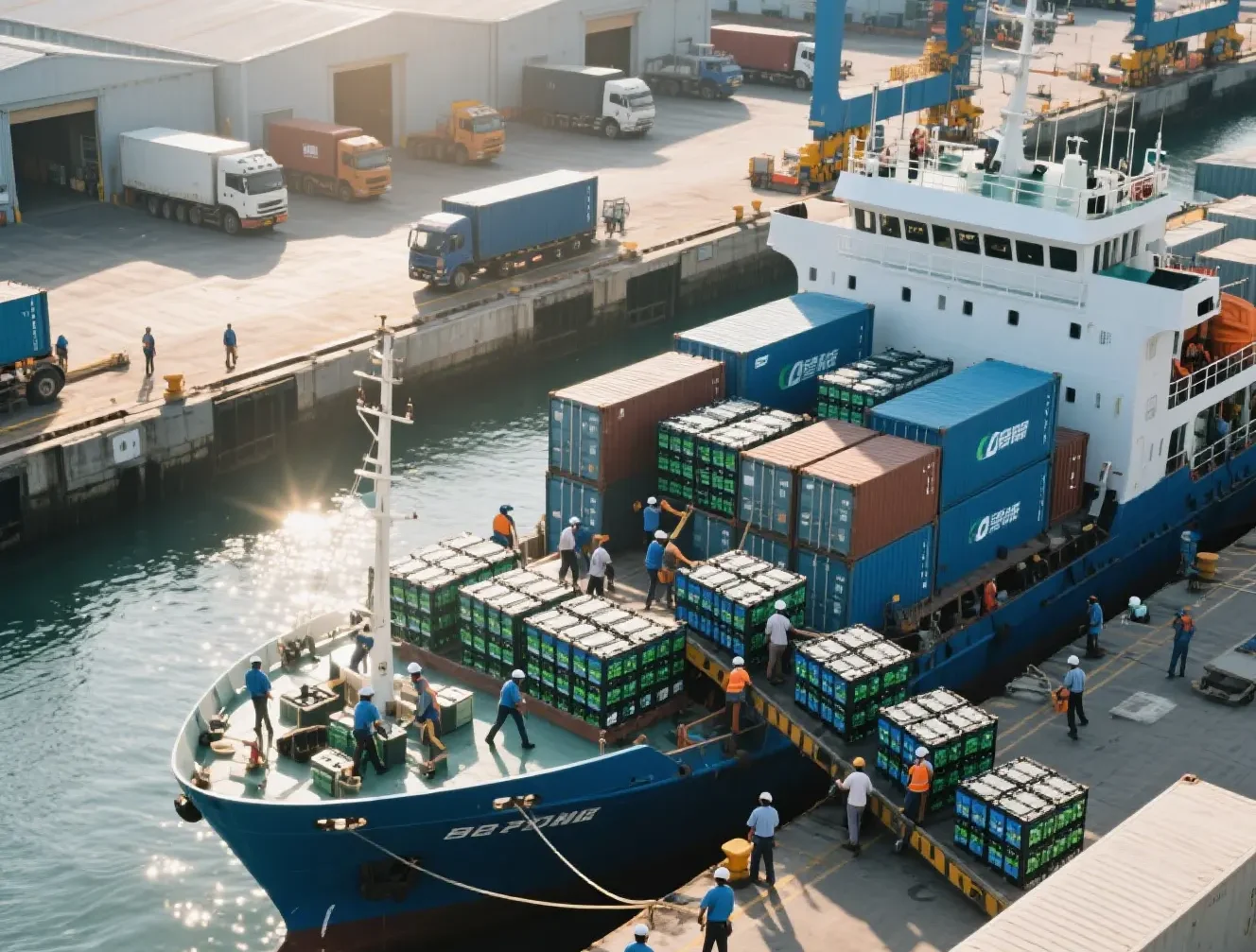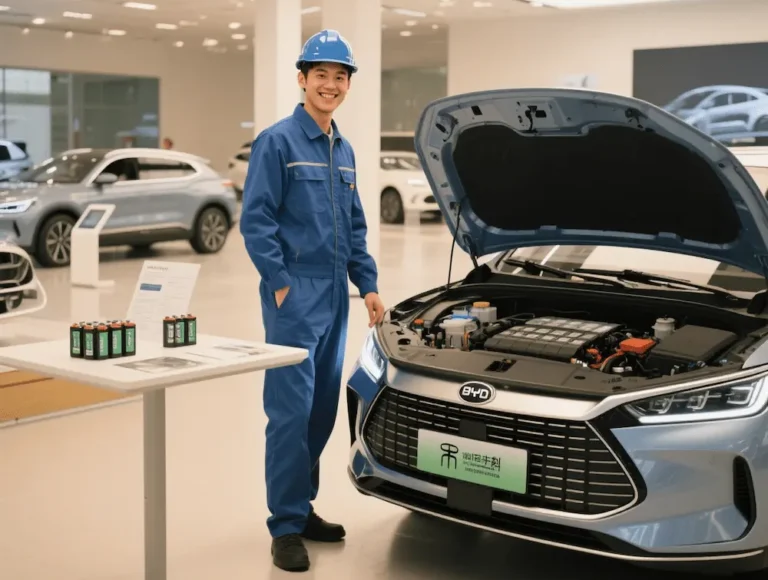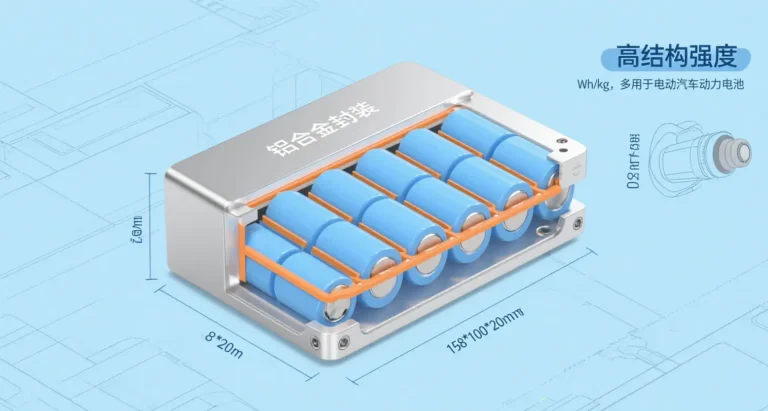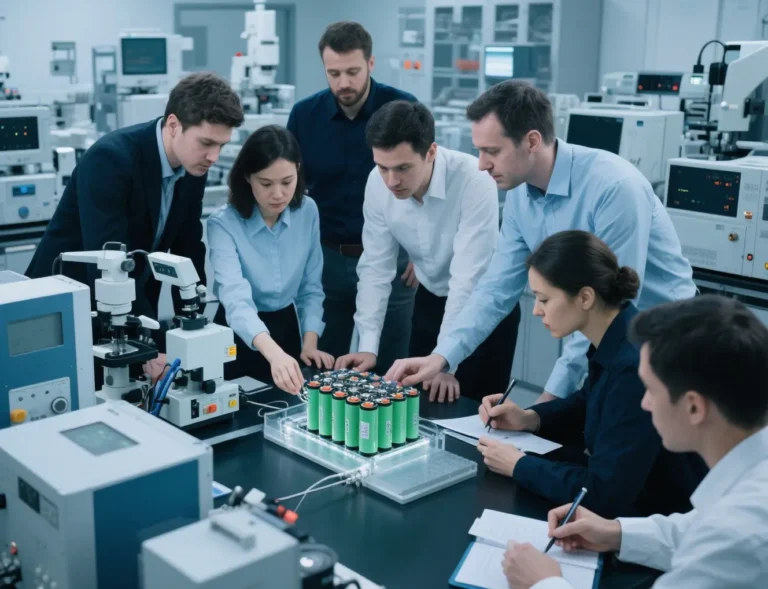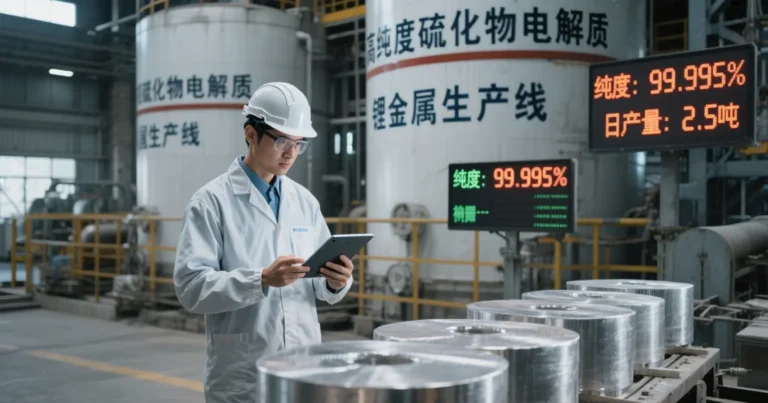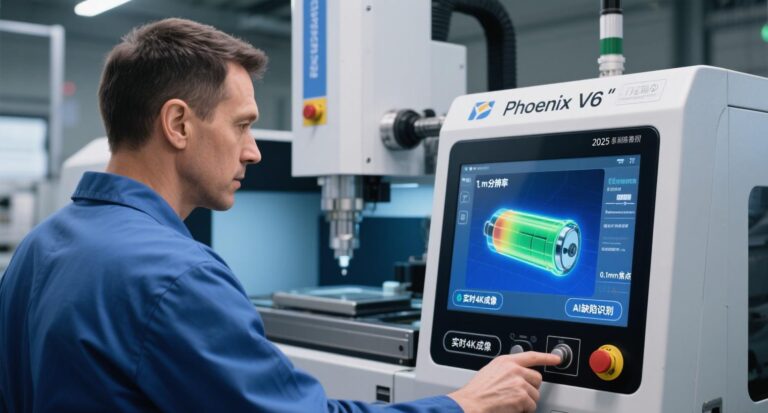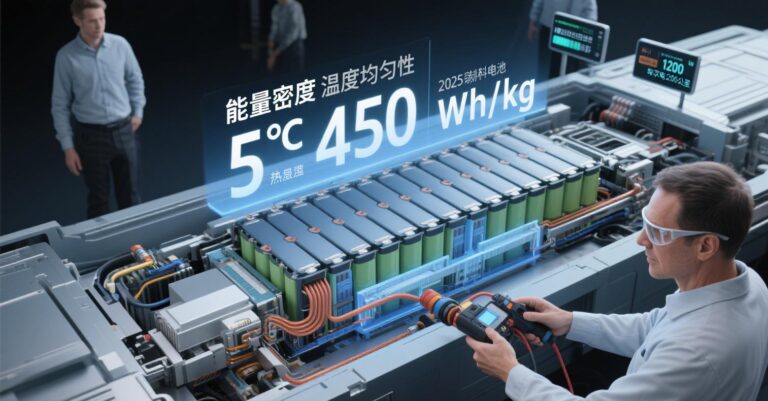Southeast Asia’s lithium battery arms race escalates! Chinese giants stake their claims in three key areas: nickel mines, energy storage, and materials.
Introduction
“As trade friction and tariff barriers continue to rise, Southeast Asia has become the golden corridor for China’s lithium battery industry chain to break through. Within just 72 hours, EVE Energy invested 8.6 billion yuan in a Malaysian energy storage base, Star Energy’s 5 billion yuan separator factory began production, and CATL’s 6 billion yuan integrated nickel battery project in Indonesia broke ground—this billion-dollar ‘Southeast Asia positioning battle’ is reshaping the global battery production landscape. ”
1. Resource War: Control of Nickel Mines Determines Future Costs
Indonesia’s Nickel Mine Hegemony: CATL’s joint venture project secures 22% of global nickel resources, covering the entire chain from laterite nickel mining to battery recycling, with an annual production target of 300,000 electric vehicle batteries. The president’s personal attendance at the groundbreaking ceremony sends a political signal, highlighting the resource-rich nation’s quest for dominance over the supply chain.
Procurement Value Points: High-nickel battery costs may decrease by 15%. Localized smelting avoids Indonesia’s nickel export taxes, directly reducing NMC/NCA material costs. Procurement companies should focus on firms with joint venture qualifications for Indonesian nickel mines (such as CATL and Huayou Cobalt).
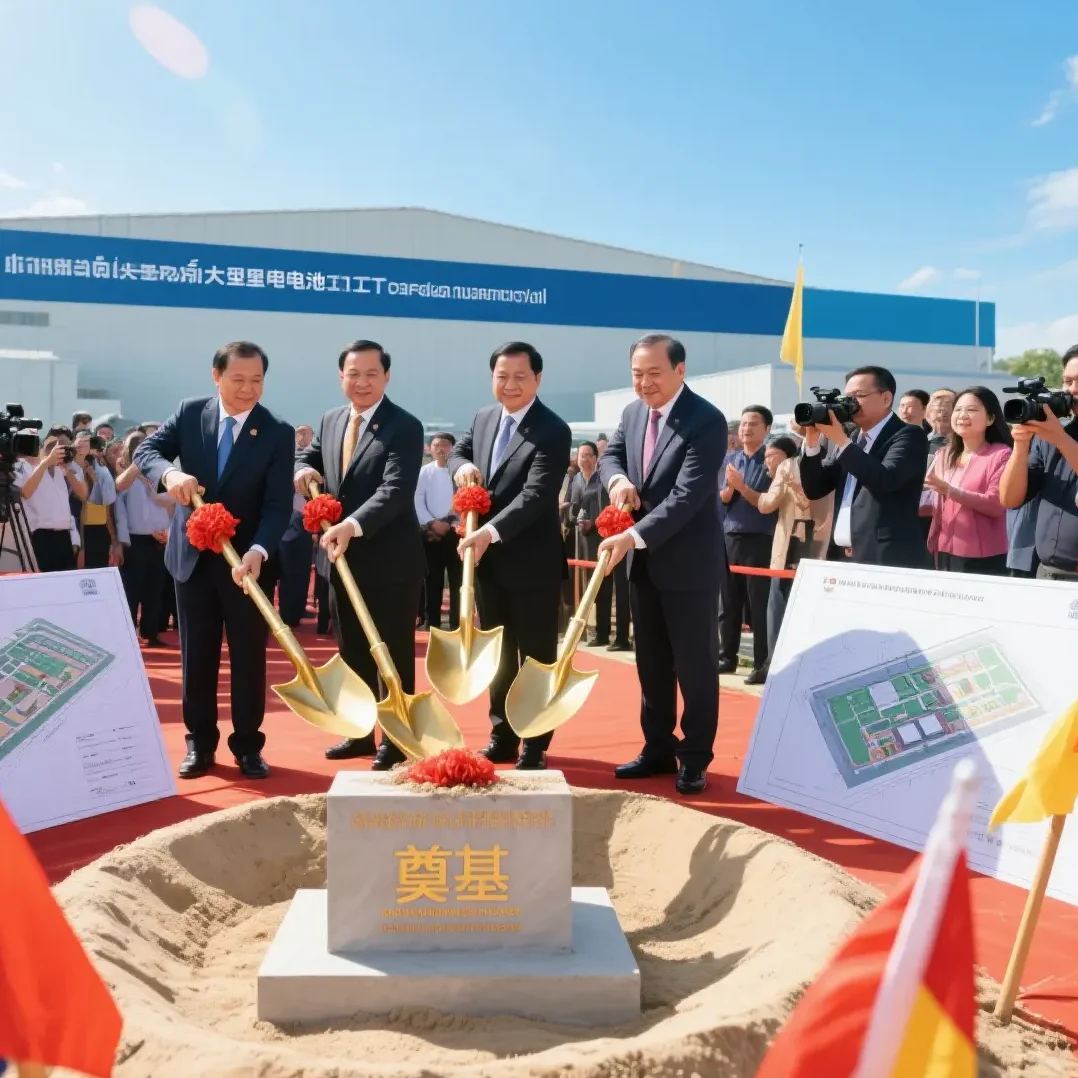
II. Capacity Competition: Energy Storage as the First Overseas Expansion Track
EVE Energy’s “Energy Storage Warehouse” Strategy:
▶ The second phase of the Malaysia project invests 8.6 billion yuan in 38 GWh of energy storage capacity, utilizing its self-developed 600Ah Mr. Big battery cells (96.2% efficiency)
▶ Strategic positioning: The 2026 mass production timeline aligns precisely with the implementation of the EU’s Carbon Border Adjustment Mechanism (CBAM) carbon tariffs, leveraging Malaysia’s “carbon passport” to overcome trade barriers
Production capacity reach: The project is located in Kedah State, forming a cluster with the first phase’s 680 million cylindrical battery production capacity, with a 3-hour supply chain radius covering Thai vehicle manufacturers (Changan/BYD/Great Wall bases)
Procurement warning: The US IRA Act’s restrictions on battery origin are tightening, and whether Malaysia’s production capacity can enter the North American market remains uncertain, requiring a “dual-track” supply chain plan.
III. Material Localization: Southeast Asia to Achieve Self-Sufficiency in Four Major Materials by 2026
Separators: Xingyuan Materials’ Malaysia base achieves full production upon launch, with an annual capacity of 2 billion square meters meeting 40% of Southeast Asia’s separator demand.
Cathodes/Anodes: Bettery’s Indonesia anode plant begins production (filling an industry gap), and Huayou’s Indonesia nickel-cobalt smelting project enters mass production.
Structural Components: Kodali’s Thailand base will support CATL.
Electrolyte: Xinnengbang’s Singapore base will serve the ASEAN region.
Engineer’s Insight: “For every 10% increase in material localization rate, battery pack costs decrease by 3%-5%.” After 2027, Southeast Asia’s battery production costs are expected to align with China’s.
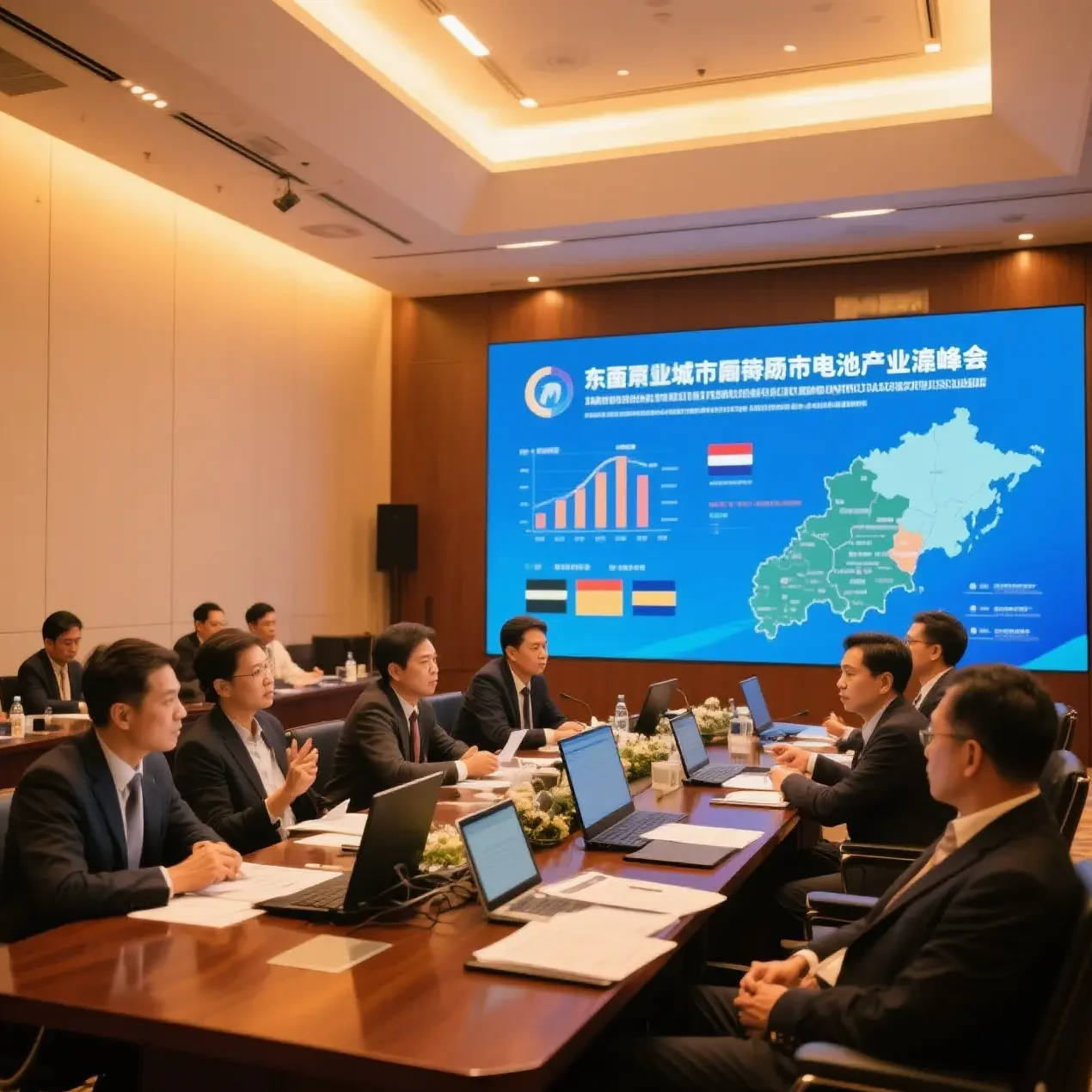
IV.Policy Dynamics: The Silent Competition Among Southeast Asian Nations
| country | policy dividends | Potential risks |
|---|---|---|
| Malaysia | Green Electricity Tariff (GET) surcharge reduced by 80% | Trump threatens to impose tariffs of 25% to 40% |
| Vietnam | Preferential import tax on automotive parts | Export tax on yellow phosphorus to rise to 15% in 2027 |
| Indonesia | Foreign-owned mining companies allowed to hold up to 70% stake | Mandatory requirement for battery recycling plants |
Lithium battery procurement strategy: Prioritize regions with high policy stability—such as Vietnam, which allows direct supply of solar power to industrial parks (avoiding grid congestion), and Malaysia, which has launched the GET GreenPath program (0.2 sen/kWh management fee in exchange for REC green certificates).
V. Technology Export: From Capacity Relocation to Standard Setting
CATL’s “Lighthouse Factory”: Introducing an AI+IoT smart manufacturing system in Indonesia, with nickel smelting metal recovery rates exceeding 95%1
EVE Energy’s laminated technology goes global: Malaysia factory replicates fourth-generation ultra-thin laminated technology, with yield rates matching those of domestic super factories3
Material Companies’ Disruptive Innovation: StarSource Materials Simultaneously Mass-Produces Rigid Separators for Solid-State Batteries, Technological Advantages Overpower Local Suppliers in Southeast Asia
Engineers Warn: Local Battery Cell Yield Rates in Southeast Asia Generally Below 85% (Top Chinese Companies at 92%+), Procurement Must Closely Monitor Production Line Technology Sources.
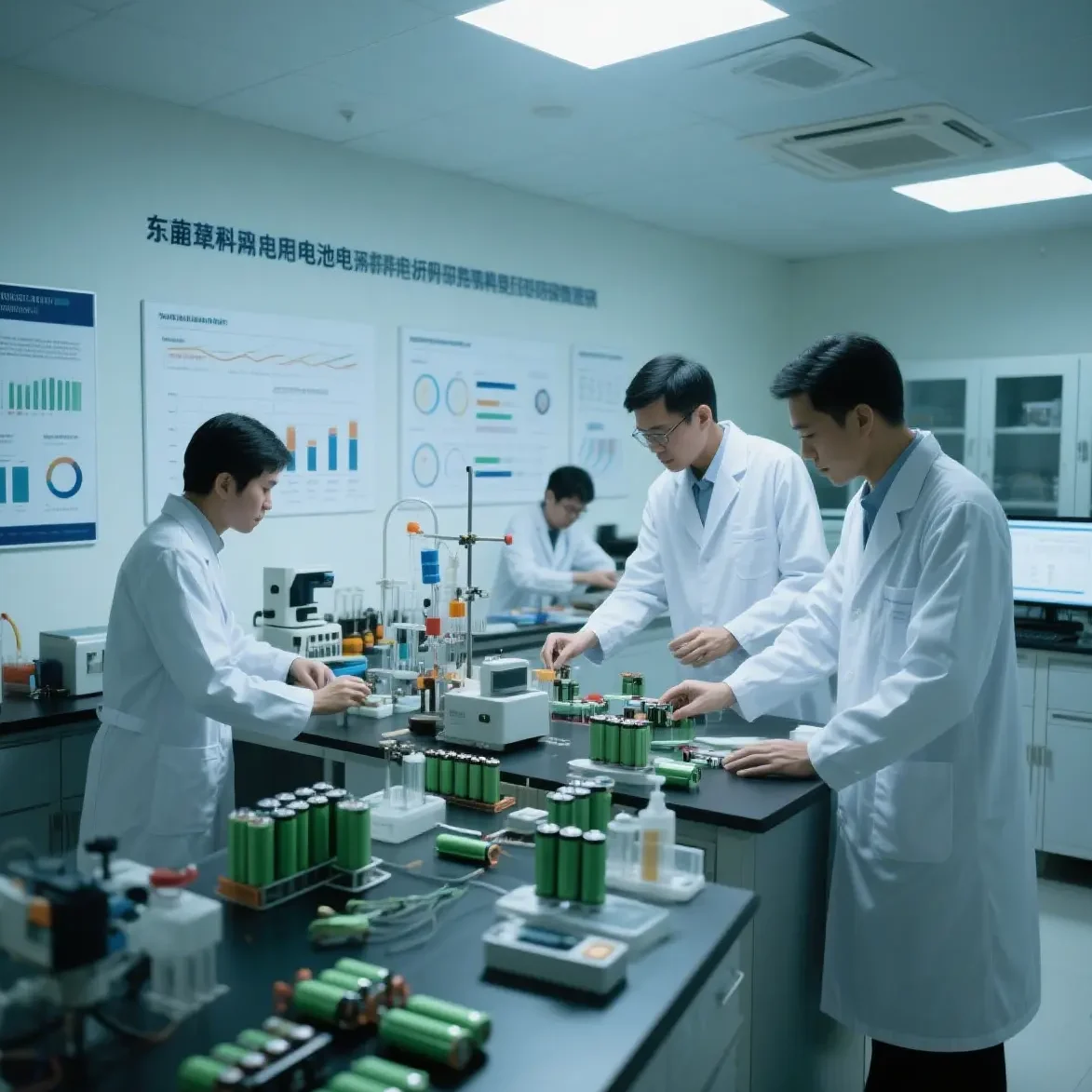
VI. Risk Warning: The High-Stakes Gamble Behind the 8.6 Billion Yuan Bet
Cash Flow: EVE Energy’s overseas projects rely on funding from its Hong Kong IPO, with operating cash flow plummeting by 48.9% in 2024
Geopolitics: The U.S. Inflation Reduction Act (IRA) mandates an 80% localization rate for battery components in North America by 2027, potentially rendering Southeast Asia’s “transit hub” function obsolete
Overcapacity: Planned lithium-ion battery capacity in Southeast Asia has already exceeded 787.5 GWh, with utilization rates expected to drop below 60% by 2027
Secure production capacity: Prioritize signing contracts for the initial production capacity of leading projects such as CATL (Indonesia) and EVE Energy (Malaysia) to avoid quality fluctuations during the ramp-up phase.
Obtain green certificates: Purchase REC certificates through Malaysia’s GET GreenPath program to meet EU CBAM requirements.
Avoid tariffs: Adopt a “Thailand assembly + Malaysia cell” model to leverage ASEAN internal tariff exemptions to offset U.S. barriers
Verify technology: Require suppliers to disclose yield rate data from Southeast Asian factories (recommended benchmarks: power ≥90%, energy storage ≥88%)
“Localized production capacity ≠ localized quality. When you source batteries in Southeast Asia, you are not just buying cells—you are also acquiring the manufacturing systems and technological advantages accumulated by Chinese companies over a decade.”
